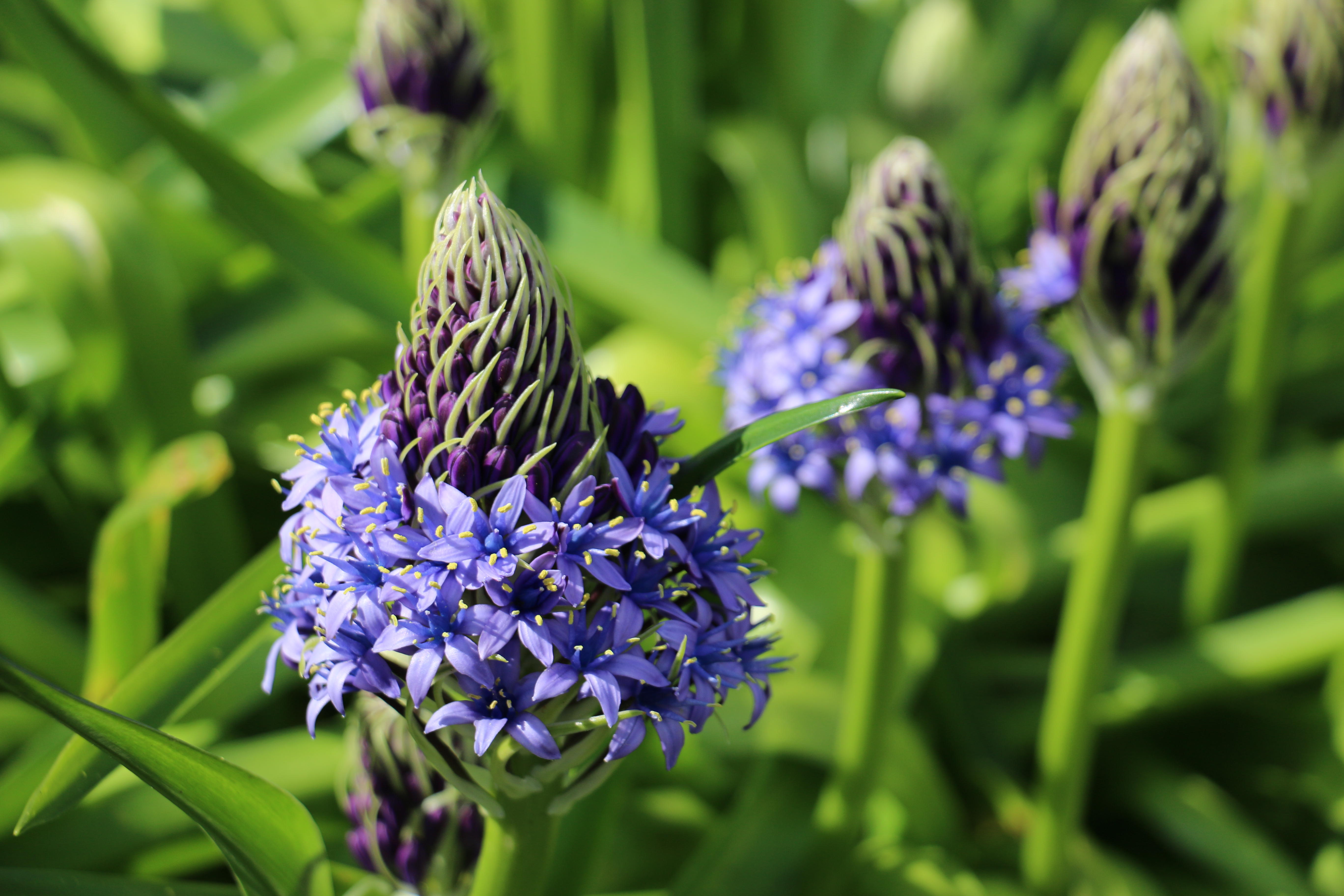Physical characteristics
A
Flowers and foliage
This striking small bulb produces big conical heads of many star-shaped bright
Preferred site
Prefers
Preparation for planting
This plant can be found for sale either as a plant or a
Maintenance tips
Apply an organic mulch
Ecological and biodiversity benefits
Beneficial insects and pollinators love the flowers.
Pests and diseases
Slugs and snails love the new leaves as they emerge.
Location at Auckland Botanic Gardens
Rock Garden




.jpg?width=1200&height=1200&v=1d4024dceb89e50)

.jpg?width=1200&height=1200&v=1d5569224d63650)
 .jpg?width=1200&height=1200&v=1d4024df6ce2770)
.jpg?width=1200&height=1200&v=1d55676a892f2b0)
 .jpg?width=1200&height=1200&v=1d4024e3b65f7f0)